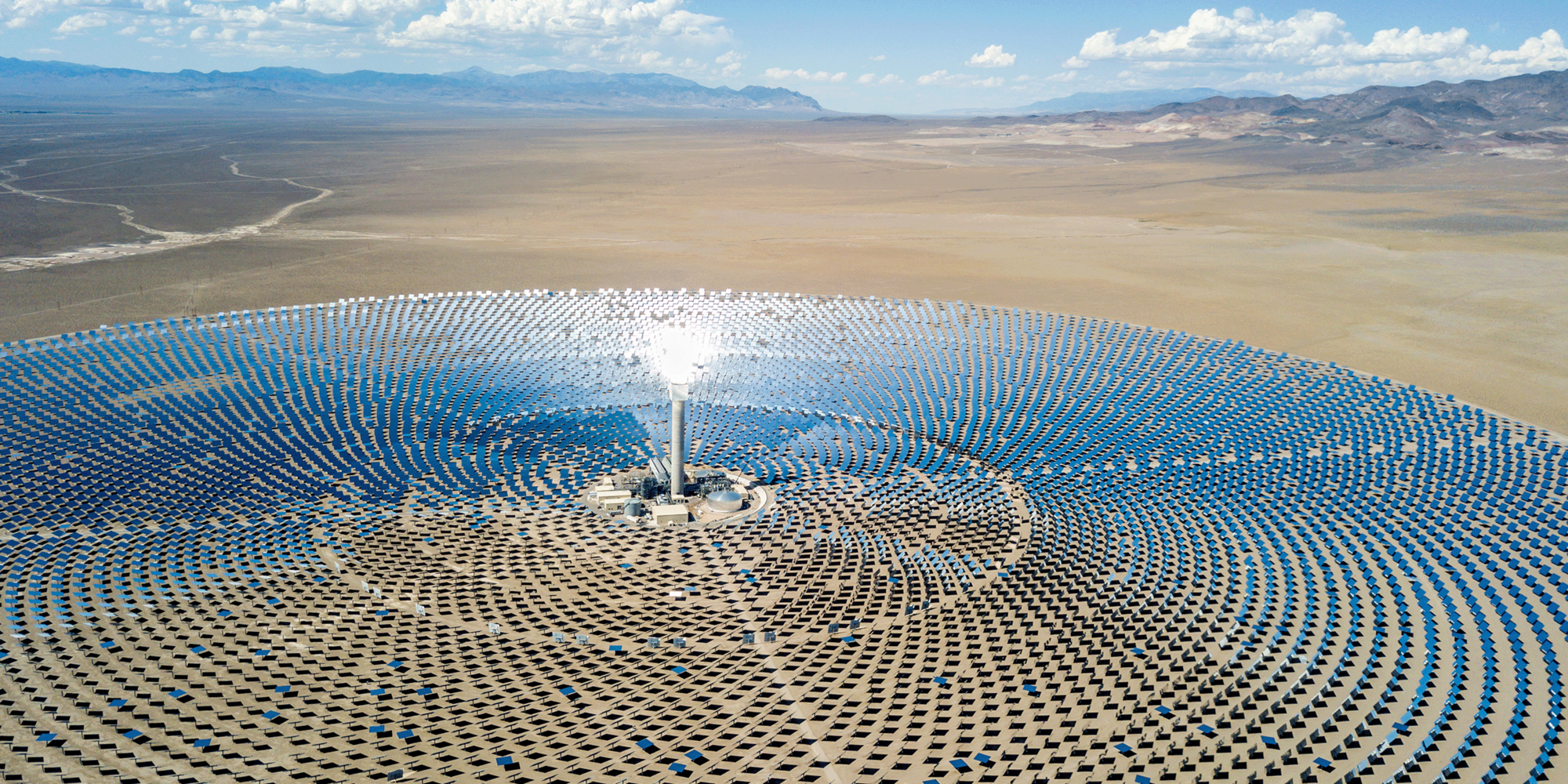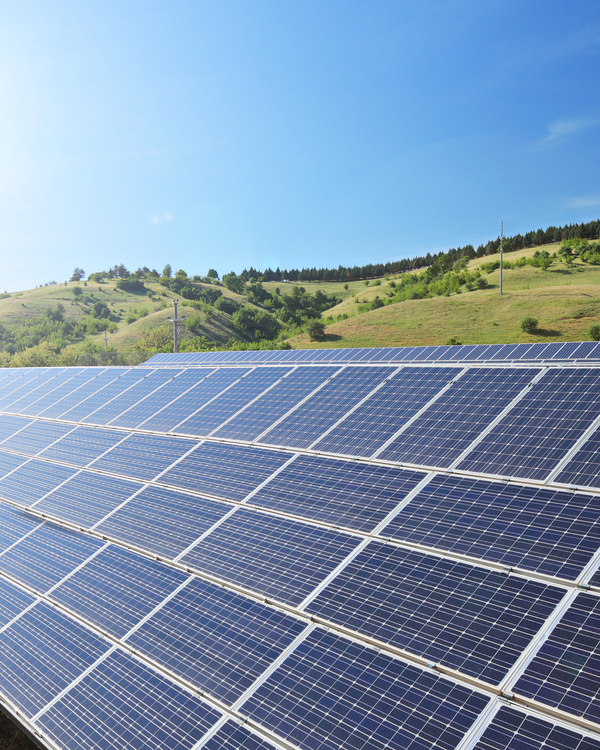Climate protection: a turning point in the USA
Under the Inflation Reduction Act, the US will invest around USD 370 billion in climate protection over the next ten years. The aim is to reduce US greenhouse gas emissions by around 40 percent by 2030 compared to 2005. Unlike the European Union, the US does not rely on CO2 emissions trading, but on tax incentives. Why?
Text: Gerhard Wagner and Daniel Fauser

The Inflation Reduction Act is a comprehensive package of which – in our view – three aspects should be highlighted:
- The promotion of climate protection has a deflationary effect in the medium term due to falling energy prices. That is in any case the view of the US Democrats.
- The US primarily relies on financial incentives for climate protection, for example through tax credits, and not on the market instrument of CO2 pricing in carbon emissions trading, as is the case in Europe.
- Green hydrogen is expected to be cheaper than blue or grey hydrogen in the US, due to generous subsidies.
Inflation Reduction Act
President Biden signed the Inflation Reduction Act in August 2022, initiating the largest climate protection package in the history of the US. According to forecasts, CO2 emissions in the US can now be reduced by 40 percent by 2030 compared to 2005. Without this programme, CO2 emissions would only have decreased by 25 to 30 percent based on existing climate protection efforts.
This climate protection programme is therefore definitely a success for Joe Biden and the environment, even if the original target of the Biden administration to reduce CO2 emissions by 50 percent by 2030 is clearly missed.
When considering the scope of the US climate protection programme in an international context, it helps to compare it with the climate ambitions of the European Union. The European Green Deal is more ambitious in reducing CO2 emissions. The EU is committed to reducing CO2 emissions by 55 percent by 2030 compared to 1990 levels.
Fighting inflation through climate protection?
Against the backdrop of discussions regarding "greenflation", i.e. rising energy prices due to green environmental technologies, it is worth noting that the US Democrats assume that inflation can be mitigated in the medium term through climate protection.
At first glance, this seems strange because the Inflation Reduction Act aims to accelerate the expansion of renewable energies by means of tax incentives. How should inflation be combated using technologies that still need to be subsidised? The answer is: the operating costs of renewable energies are significantly lower than for fossil fuels. This reduces overall costs as soon as most of the initial investments have been amortised. However, it remains to be seen whether inflation can be reduced overall with these measures.
Climate protection in the US through tax credits, but without emissions trading
How the US intends to achieve the climate protection target is also interesting, namely through tax credits and subsidies, which are generally regarded as economically inefficient.
This is astonishing as most climate economists consider emissions trading to be the most market-friendly tool for implementing climate protection. Moreover, emissions trading can reliably achieve a set emissions target – at least in theory – because the permitted CO2 emissions are predetermined and the CO2 price required for this follows from the abatement costs and is negotiated by the market.
Essentially, the CO2 price ensures that the most cost-efficient environmental technologies prevail first, and the more expensive ones later. This is based on the conviction that the free market provides the available environmental technologies at a given CO2 price in a more cost-effective manner than the state. Why, then, does the US not rely on cost-efficient CO2 emissions trading in a similar way to the European Union?
Goal: independence in key environmental industries
In our opinion, the US is working specifically with tax credits, as it aims to avoid dependence on its great rival, China, in key industries in the environmental sector. Today, the majority of all solar cells and batteries for electric vehicles are produced in China. The US wants to become independent of China in these industries of the future. This is why there are now generous tax credits when value creation takes place in the US. Domestic industrial protectionism is easier to achieve with tax credits than with CO2 emissions trading, which is generally based on free trade.
The USA: striving for a leadership role in green hydrogen
Key aspects of the Inflation Reduction Act for the renewable energies sector include:
- The extension of the ITC (Investment Tax Credit) and PTC (Production Tax Credit) for renewable technologies. Within the framework of the ITC, owners of qualified renewable energy projects receive tax credits of up to 30 percent of the capital costs of the project (see table below). Under the PTC, tax credits are granted for electricity generated with renewable technologies and now also hydrogen – depending on the quantity generated and CO2 intensity.
- In the case of solar modules, tax credits equate in extreme cases to more than 50 percent of production costs if the entire value chain is located in the US.
- Particularly noteworthy is the tax credit for the production of green hydrogen of up to three US dollars per kilogram – depending on the intensity of the emissions. For comparison: according to a study by the International Energy Agency, the non-subsidised production price of green H2 varies between USD 3 and 8 per kilogram of hydrogen.
Tax credits are granted depending on the CO2 intensity
| CO2 intensity (grams of CO2/grams of hydrogen produced) | Production tax credit per kg of hydrogen | Investment tax credit in % |
< 0.45 |
USD 3.00 |
30 % |
< 1.5 |
USD 1.00 |
10 % |
< 2.5 |
USD 0.75 |
7.5 % |
< 4.0 |
USD 0.60 |
6 % |
Source: BloombergNEF
This means that green hydrogen will probably be cheaper in the US from 2025 than blue or grey hydrogen, which is obtained from natural gas.
Implication for investors
Tax credits from the state can be inefficient and lead to individual technologies being promoted more generously than others. This will have a direct impact on the profitability of individual companies. This presents an opportunity for investors. The bottom line is that the Inflation Reduction Act has created a very favourable environment for companies with green technologies and value chains in the US. Examples of such companies are the US solar module manufacturer First Solar, the fuel cell manufacturer Plug Power and Albermarle, one of the most important manufacturers of lithium carbonate and lithium hydroxide.
Legal notice: The publications were prepared by the Buy-Side Research of the Asset Management of Zürcher Kantonalbank. The information contained in this document has not been prepared in accordance with any legislation promoting the independence of financial research, nor is it subject to any prohibition on trading following the dissemination of financial research.


